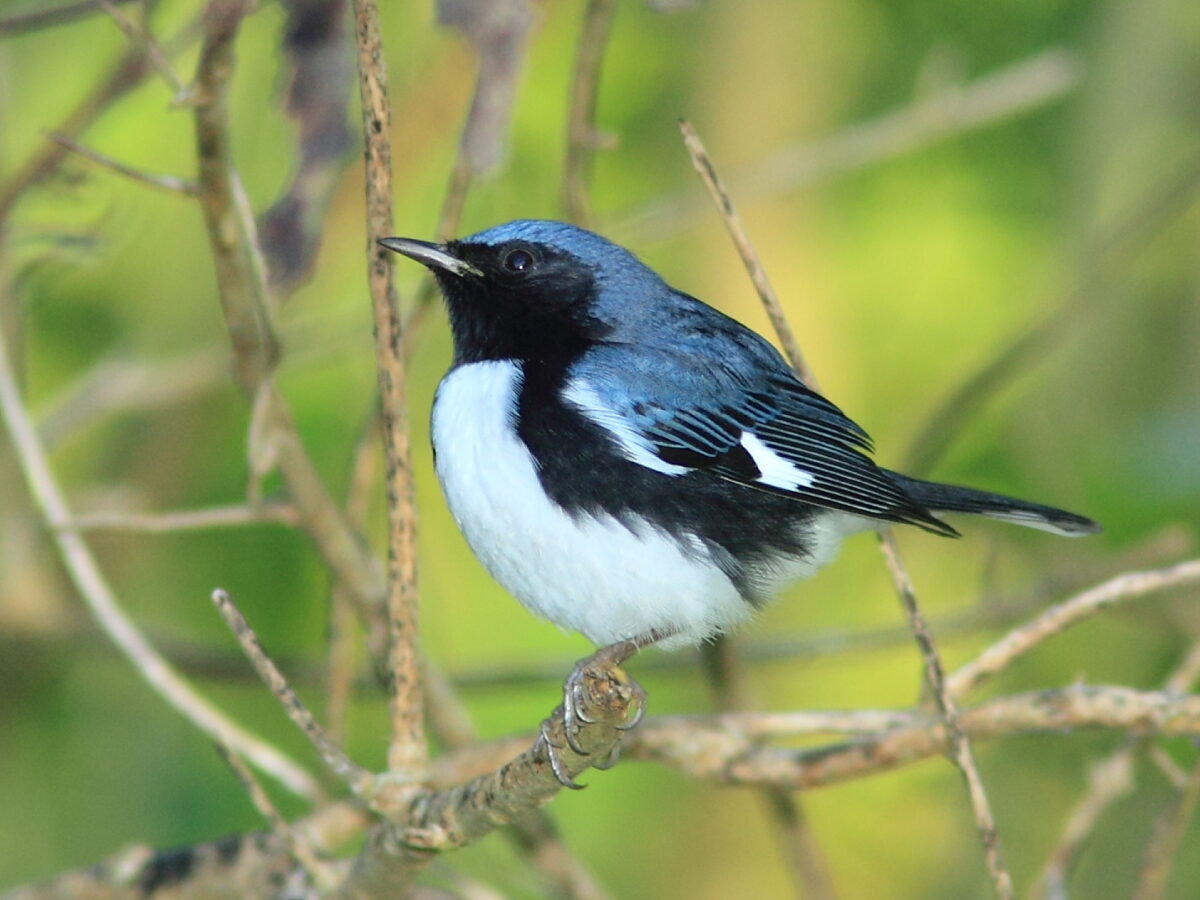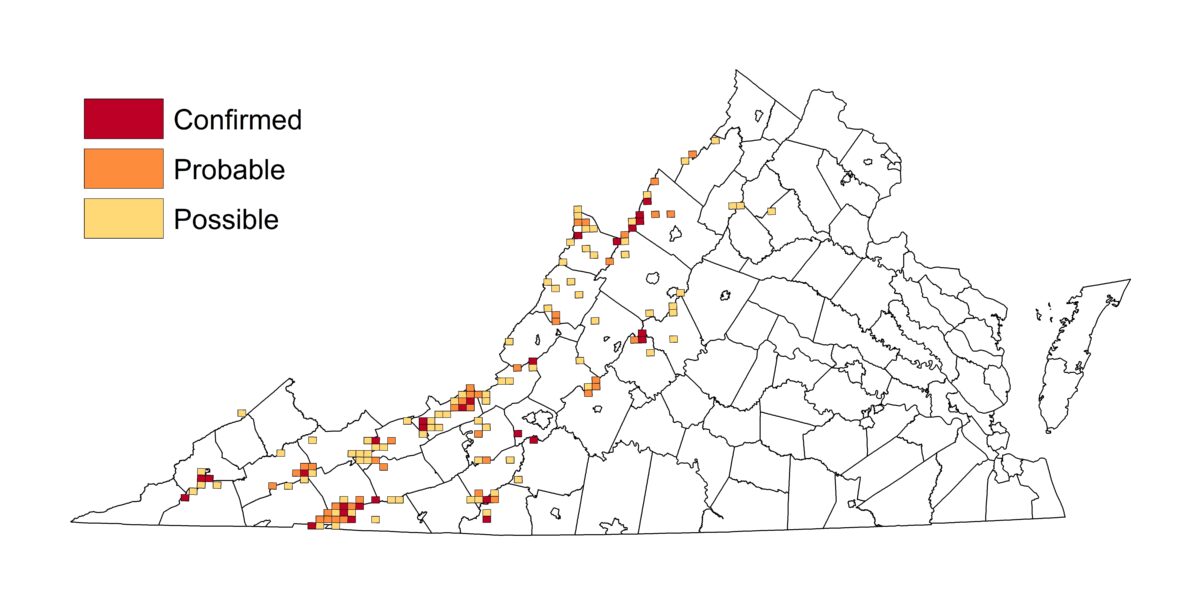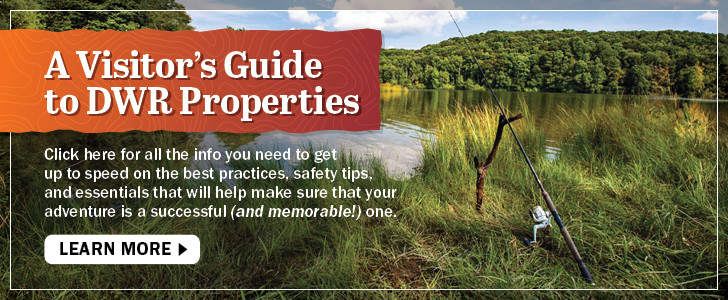By Sergio Harding

Male Black-throated Blue Warbler (photo by Kenneth Cole Schneider)
2022 was a busy year as the Atlas Final Products Committee* continued to meet on a monthly basis and to work between meetings toward our ultimate goal of publishing the results of the 2nd Virginia Breeding Bird Atlas as a website in the fall of 2025. To that end we have been laying the foundations for some of the principal content that will be featured on the website, and for the hiring of key personnel who will make production of the website possible.
Species Accounts
Species Accounts are at the core of Breeding Bird Atlases, relaying species-specific information on current and past distributions, timing of breeding cycles, and population trends. Modern Atlases (including ours) also feature species population estimates and maps of species abundance. The Species Accounts will make up the majority of the content displayed on the website. In an effort to get a jump on how this information will be displayed, we are in the thick of developing an online prototype of a Species Account as it might appear on the finished website.
Our emphasis is on the content that will be displayed, rather than on the final look and feel of the Species web pages; we are limited in our design capabilities and will be consulting with professionals for development of graphics and of the website. To this end we have been producing draft maps, tables and figures using the Black-throated Blue Warbler as our test species. We chose this particular species as it is the focus of preliminary data analyses by Dr. Ashley Peele and her colleague Dr. Elizabeth Hunter. This dynamic duo will be generating various data products for each species, and the Black-throated Blue was as good species a species as any to start with. We are aiming to unveil the online prototype by mid-year, with all analyses to be completed by the fall.

Draft map of blocks where Black-throated Blue Warbler was detected in the second Atlas, categorized by breeding evidence.
Chief Editor
Also at the top of our list is to bring a Chief Editor on board. We have completed a job announcement and the position will be advertised shortly, with the goal to have a person hired and ready to start by July of this year. The position is being funded by the Virginia Society of Ornithology and hired through a contract with the Conservation Management Institute at Virginia Tech. The Chief Editor will oversee virtually all aspects of the Atlas website publication process, including guiding the writing of the Species Accounts and of all additional content. These written narratives will provide important interpretation to the maps, tables and figures in the Species Accounts. The narratives will be largely written by two dedicated authors, who will be hired to begin work in January 2024 and supervised by the Chief Editor.
Odds and Ends
In addition to the two key project components above, our work continues on a variety of other fronts. These include Ashley’s preliminary analyses of shifts in the timing of breeding behaviors between this and the first Virginia Breeding Bird Atlas; development of materials to officially recognize the Regional Coordinators, who through much hard work helped to make the data collection phase of the Atlas a success; and preparations for sharing preliminary Atlas data through presentations on a limited basis. Our sleeves are still rolled up as we move forward into 2023, with much left to accomplish before crossing the finish line, but with this second phase of the Atlas project now well underway.
*The Atlas Final Products Committee is: Rexanne Bruno (Virginia Society of Ornithology [VSO]), Sergio Harding (DWR), Lisa Koerner Perry (VSO), Brian Moyer (DWR), Ashley Peele (Conservation Management Institute at Virginia Tech), Jessica Ruthenberg (DWR), Dixie Sommers (VSO) and Meagan Thomas (DWR).


